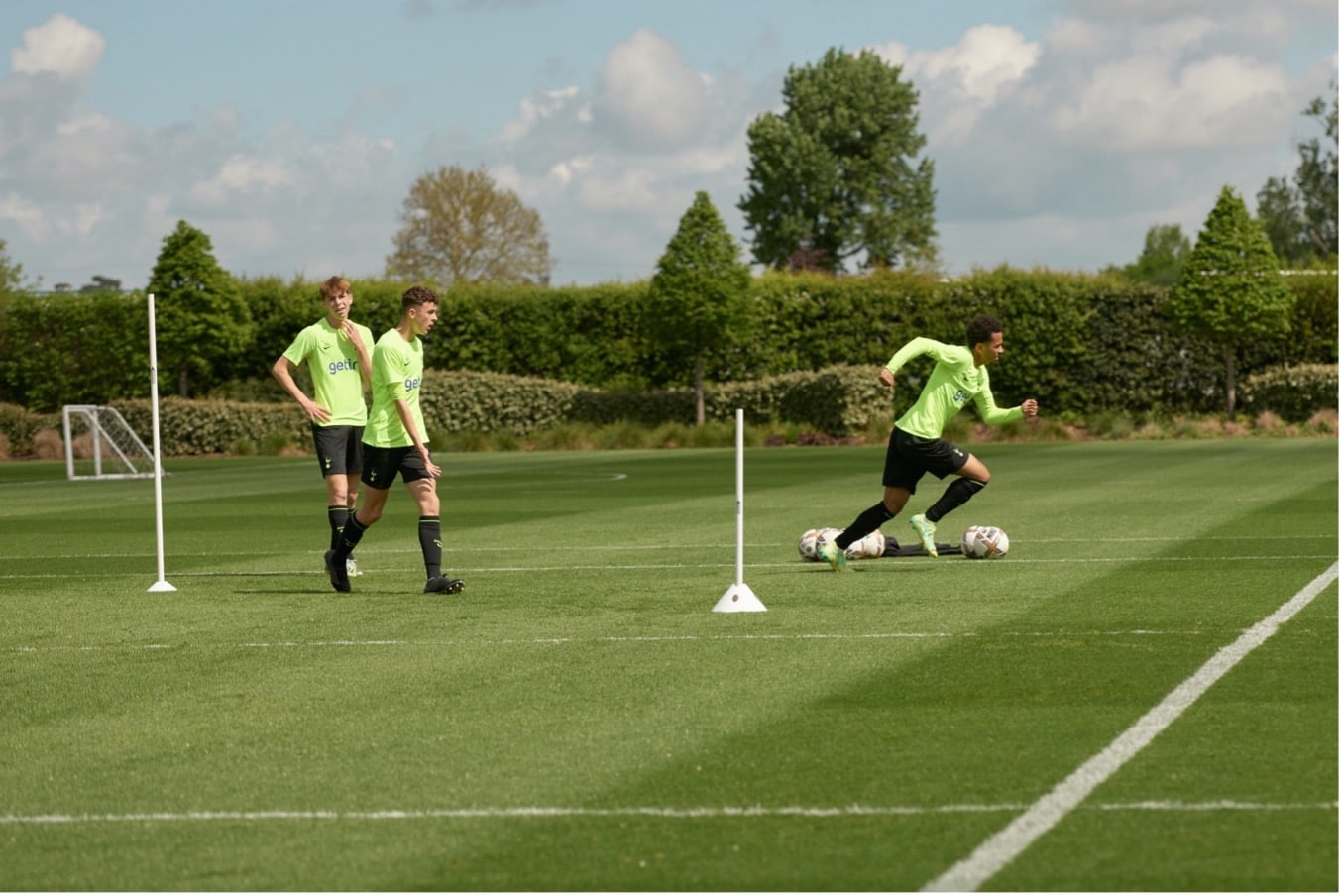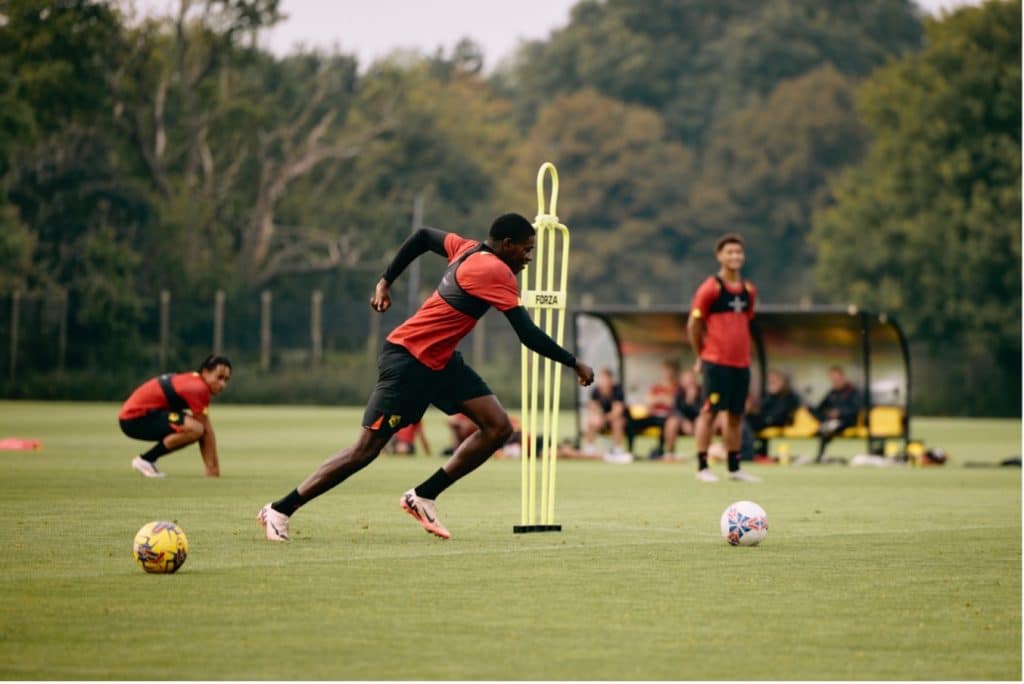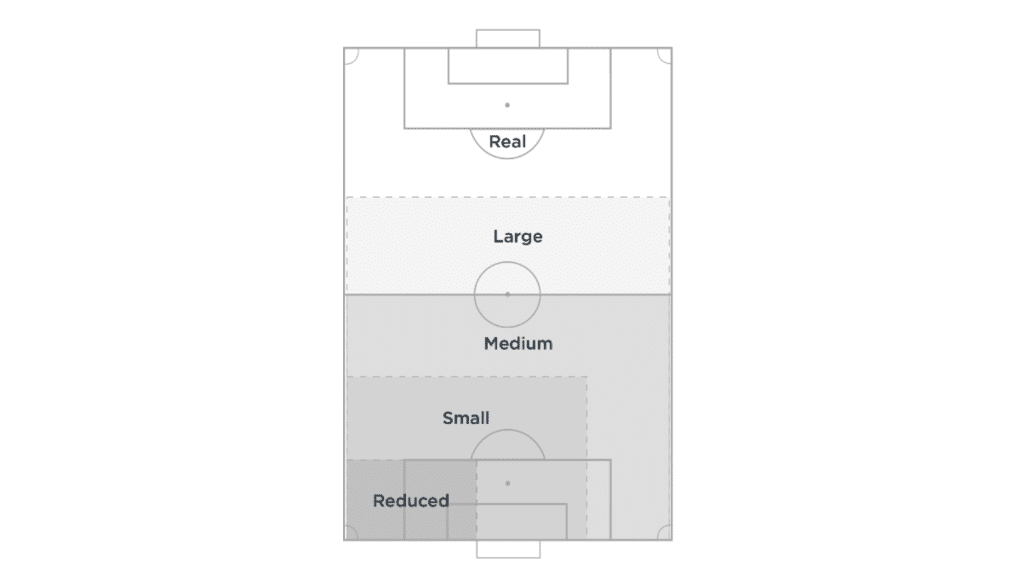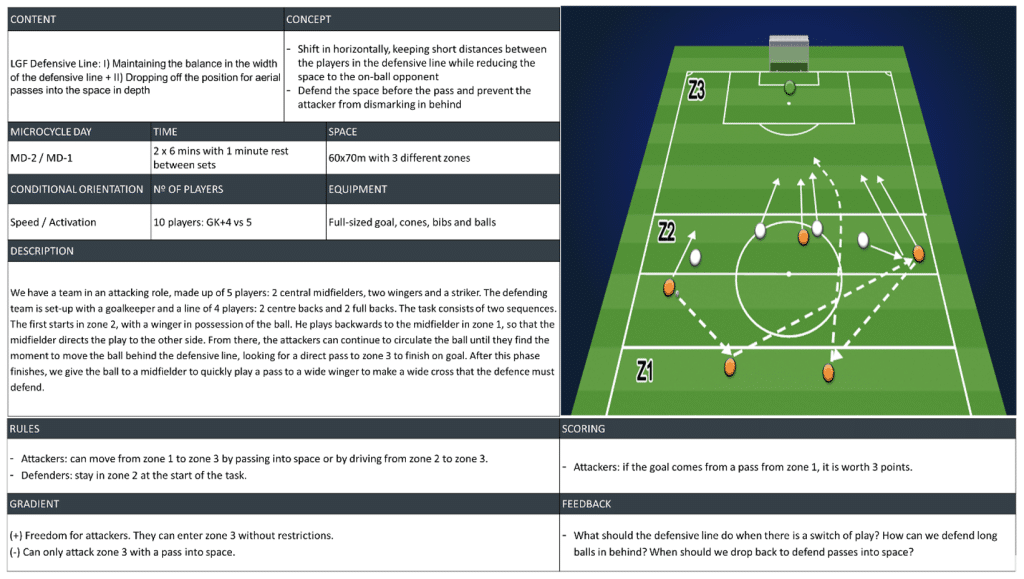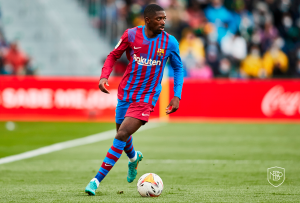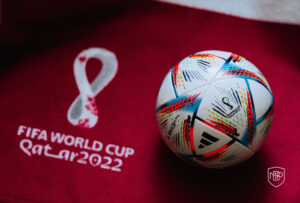In previous blogs, we talked about the main characteristics that the strength day of the microcycle should include. However, what about the speed day? Does it differ greatly from the strength day? In the following article we find out what are the 5 guidelines you should follow to prepare this day in your training microcycle.
There are several parameters that the coaching staff consider when preparing each session of the microcycle. However, for the speed day (MD-2), we seek to obtain physical supercompensation processes, the fine-tuning of tactical behaviour and maximum cohesion. That is why special and competitive tasks should be used.
The parameters we highlight most are: type of contraction, number of players and spaces, type of didactic strategies, recovery and duration of the session.
1. Type of Contraction:
The type of contraction refers to the type of actions and conditional requirements that occur in tasks. In this case, high speed actions, with long distance accelerations and in a discontinuous but very intense manner. Therefore, sets of between one minute and less with long rests to obtain a complete recovery.
Image 1. Analytical Exercise for Finishing on MD-2. Source: Coaches’ voice
2. Number of Players and the Playing Space:
Here, we refer to the density of players that will be decisive in respecting the dynamics of the task. In this case, as they are intensive dynamics with moderate intensity, the number of players should be higher than the strength day, but lower than the endurance day; i.e., from 5v5 to 8v8. Therefore, the spaces to be used should be adjusted accordingly, being medium or large.
Image 2. The 5 types of spaces defined by MBP for the different training tasks. Source: MBP Coaches’ School
3. Type of Didactic Strategies:
Taking into account the previous parameters, the most recommended didactic strategies for the speed day will be all those that present a discontinuous format, such as coordinative circuits, analytical exercises, pattern work, chained opposition games, discontinuous invasion games, chunks, line games and reduced games.
Image 3. Example of a Line Game to be used for MD-2. Source: MBP Coaches’ School
4. Type of Recovery:
This refers to the rest time to give the optimal recovery for each of the tasks and repetitions. In this case, the recoveries should be complete in order to be able to perform the repetitions at maximum speed each time. For example, durations of no more than 30 to 45 seconds with rest periods of between a minute and a minute and a half.
5. Duration of the Session:
The total duration of the session on MD-2 should be between 60 and 70 minutes, as the volume will be low and the intensity will be moderate to high, with full rest periods between sets and repetitions. Bearing in mind that we are only two days away from the competition, it will be important to control the loads during the session.
Therefore, in order to design appropriate micro-training cycles, it is essential to understand what parameters they are composed of and how to respect them so that the training levels are optimal for the players’ performance.
Would you like to learn more about high performance training?
In the Online Master in High Performance Football, you will learn in a comprehensive and complete way a training method of tactical preference, which will allow you to understand in depth all the structures of high performance football.
You will apply the basics of structured training and its relationship with the Individual Fundamentals per Position (IFP) and you will discover how to train the team from complex thinking, relating it to the Universal Collective Fundamentals and the Line Collective Fundamentals.

